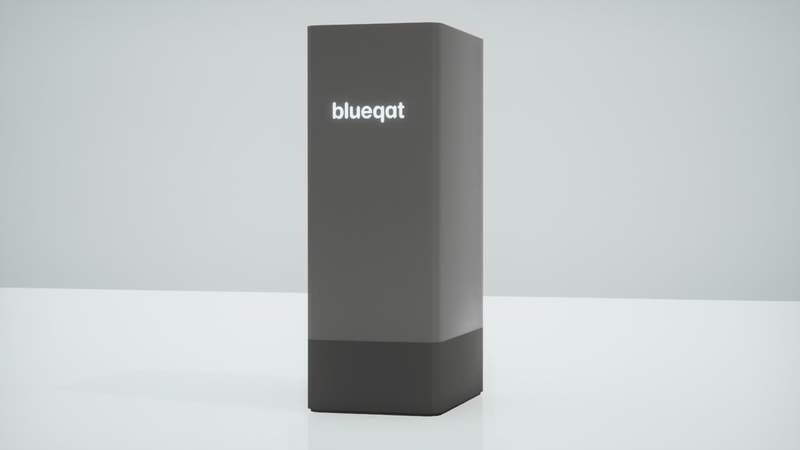Interviews

Quantum Computers - Shouldering the Next Stage in Computing (Part 3)
Yuichiro Minato
A promising outlook for a young technology.
Interviewer & Japanese Writer: Yamamoto Takaya; Translation & Editing: Matthew Cherry
Yuichiro Minato was continuing the development of tools and applications for quantum computers even after he had the programming side down pat. He had started to establish himself as a frontrunner in the world of quantum computers, undertaking collaborative initiatives with large IT companies such as Amazon and NVIDIA.
(Click here to read Part 1)
His focus? Applications and tools that would bring the existence of quantum computers closer to us all.
The expertise required to program for quantum computers is tremendously demanding, making it quite a high hurdle to clear. Minato invented an application to help with this. With his application, anyone can perform the unique calculations only capable with quantum computers through the simple input of numbers and the push of a button.
He’s also working on the miniaturization of the computers. Quantum computers to this day are still very large, with height measuring in at around 3.5 meters. This makes purchasing them for personal use quite difficult. Minato’s working on a new, more compact quantum computer, about the size of a refrigerator. He’s aiming to release the smaller model toward the end of 2023.

A model of Blueqat’s new, next-generation quantum computer. Blueqat is Yuichiro Minato’s company.
While the development of applications for quantum computers is looking promising in the near future, it’s still believed that it will take a long time before they’re implemented for practical use. One reason for this is the amount of errors that occur in calculations. Since quantum computers use superposition and entanglement to implement massively parallel processing, they’re very susceptible to interference from the environment, such as noise caused by microscopic cosmic rays.
Strategies are being considered around the world about how to best counter these errors, including a method that would predict a correct calculation from an increasing amount of errors. Minato is also researching a method involving the use of quantum computers together with state-of-the-art supercomputers.
“To put it simply, they’re connected via circuits, providing a solution in which a high-performance supercomputer actively fixes errors created by the quantum computer. Each device has its own strengths and weaknesses, so this idea involves linking them up so they can share their strengths together. I’d like to fully realize this method within the next three years,” Minato shared, eyes sparkling with excitement.
Minato is now recognized around the world for his groundbreaking tools, apps, and solutions, so it can be easy to forget that he once was solely building tools for quantum computers all while staying relatively unknown. He says those circumstances changed for him thanks to the INNO-vation Program. Riding on the wings of the program, he had these words to share.
“There are still a lot of unknown technologies in the world. You never know which ones will be big hits. Getting selected for the INNO-vation Program gives you a way to be covered by all kinds of media, which leads to an increase in familiarity with the technology. If there’s anything that you’d like to share with the world but don’t know the best way to do it, I think the INNO-vation Program is the best answer. You should definitely apply.”

